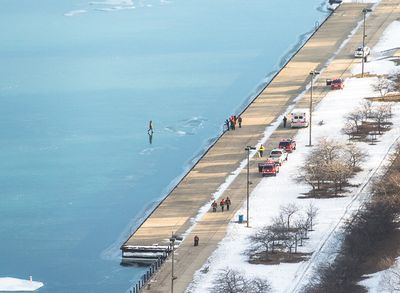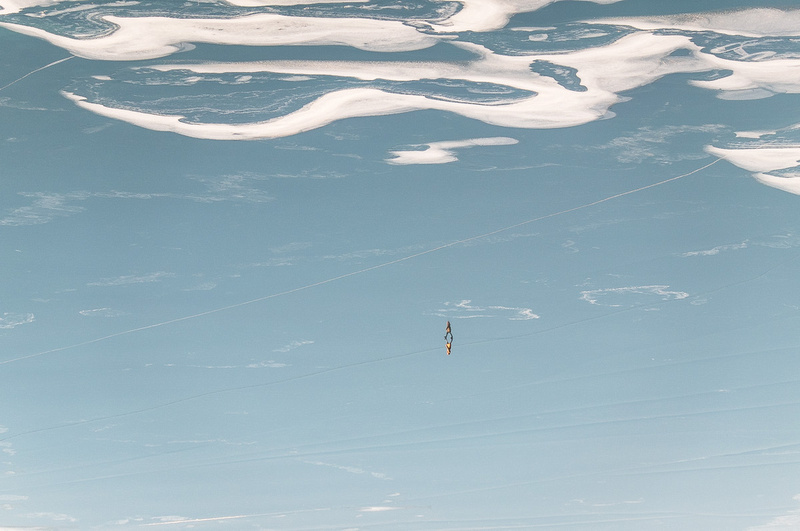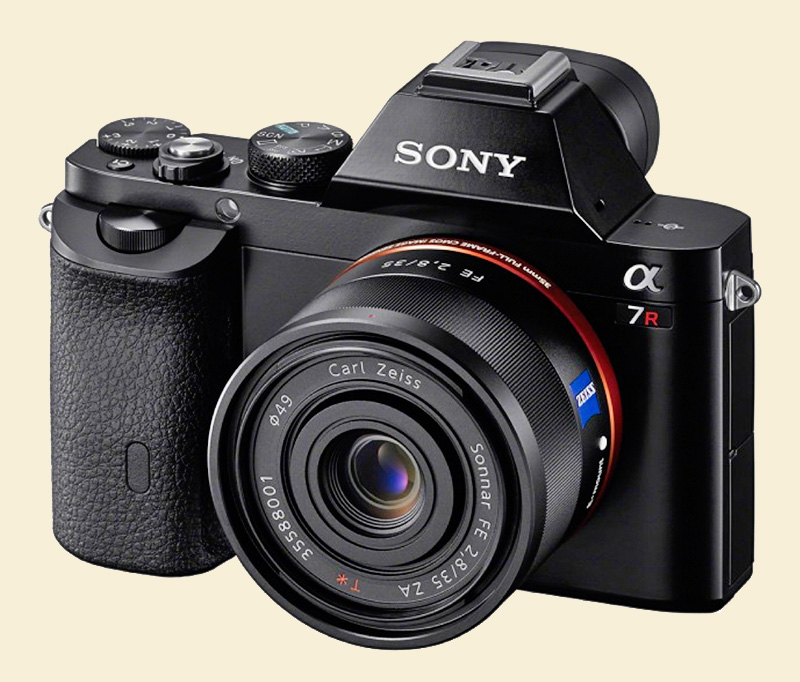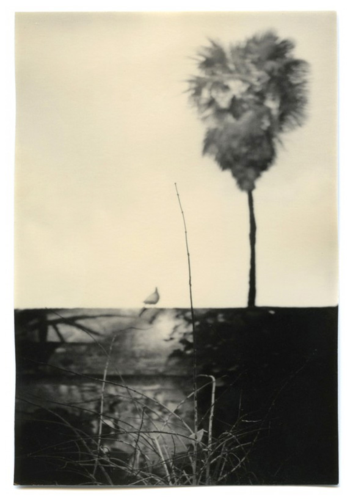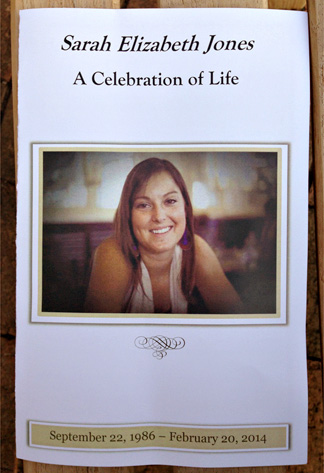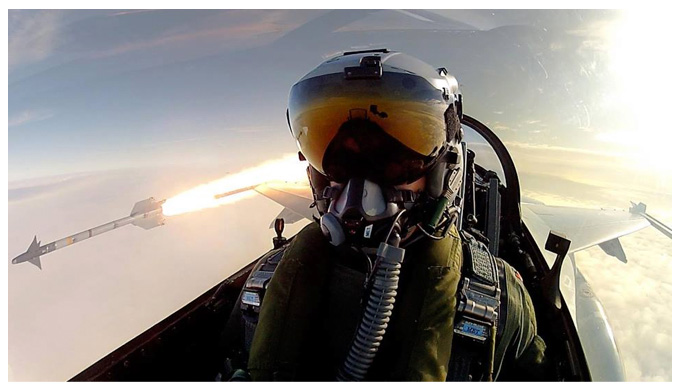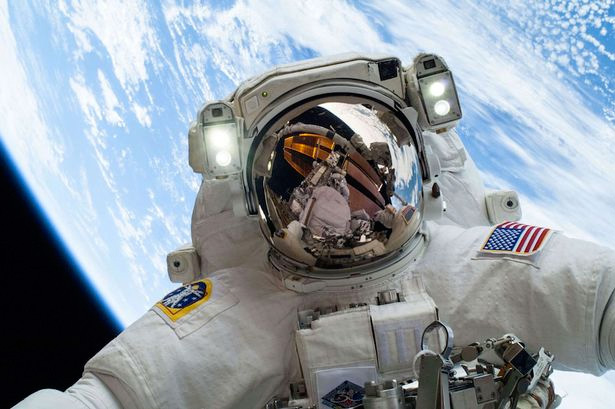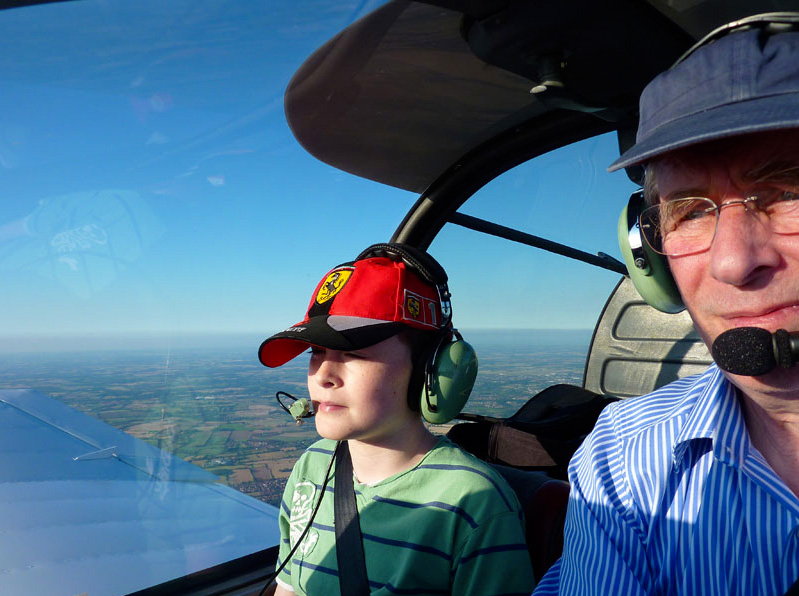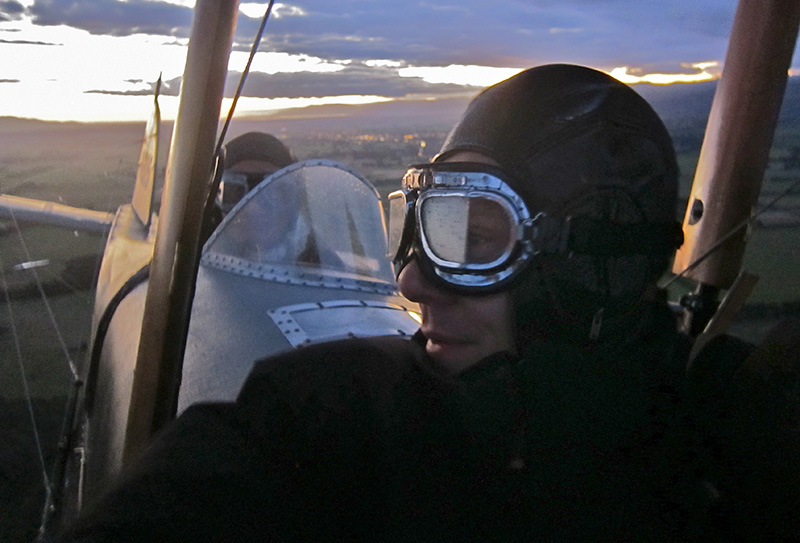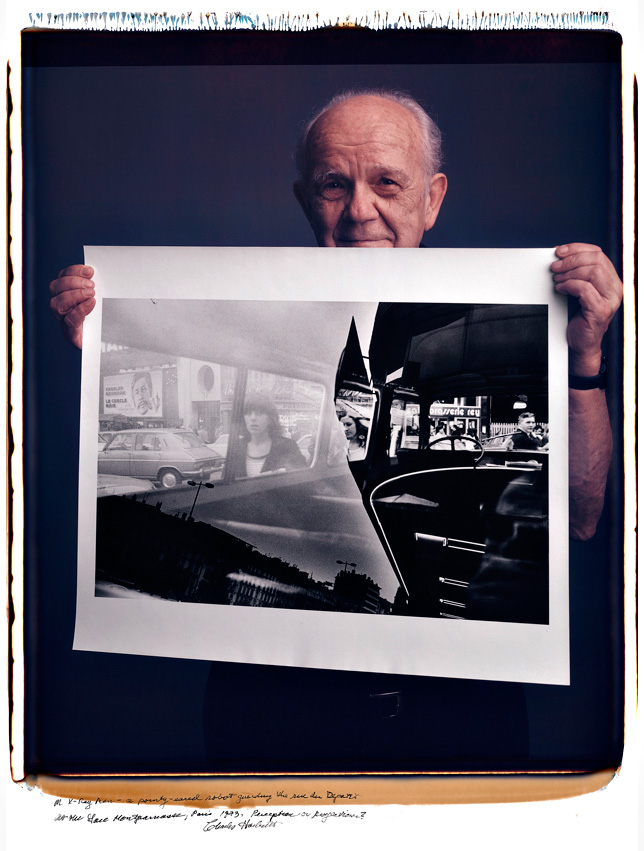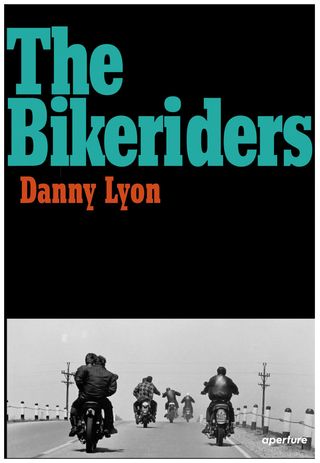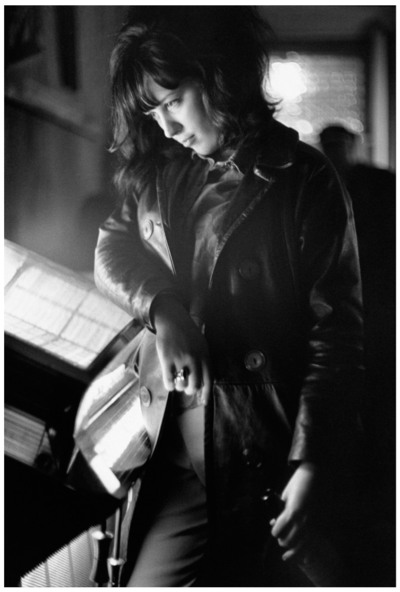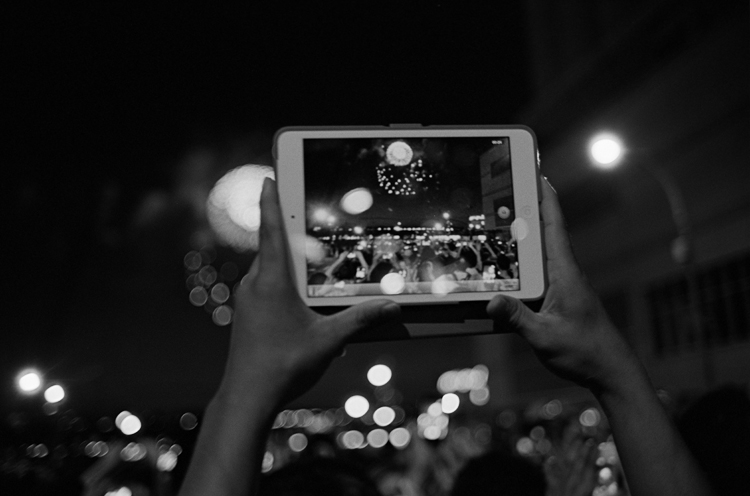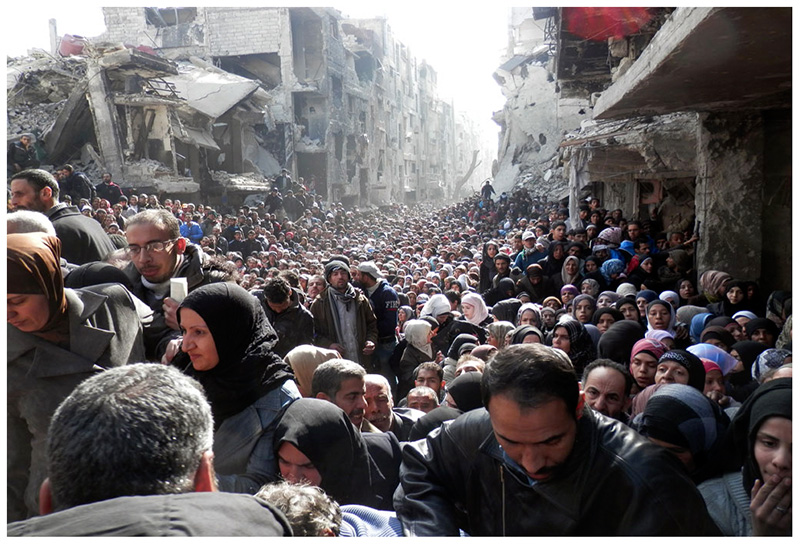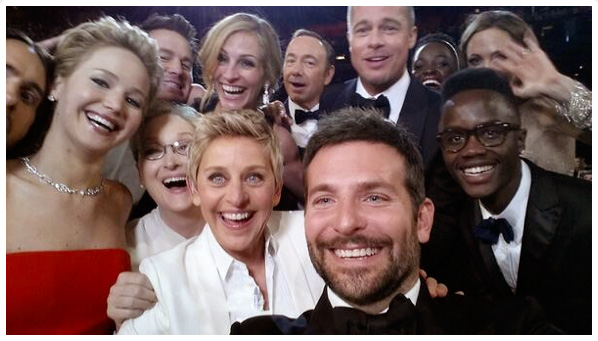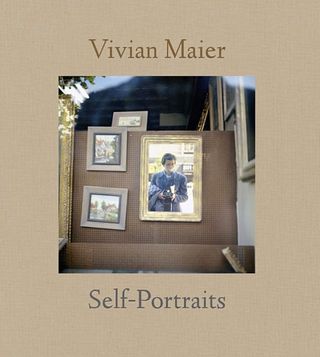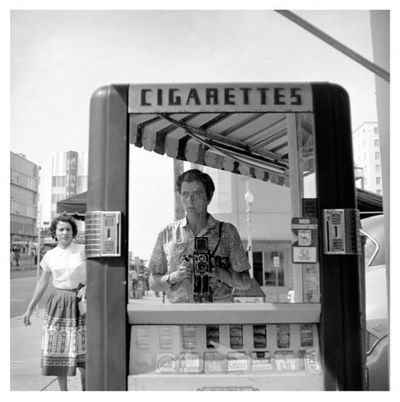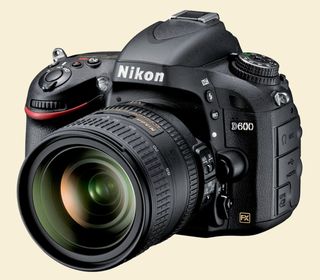This morning I am consigned to Starbucks. Ach. Exile!
Starting a fight was the last thing on my mind when I wrote that post about coffee yesterday, but it provoked a very bitter response from a (now former?) TOP reader named James, who thinks I have very bad judgment about coffee and concluded that therefore I probably also must have very bad judgment about photography, too. He wrote:
I've heard your story before from many other people. I have to imagine that tens of thousands of people would claim that they roast better coffee at home than they can buy. What seems more likely to you, that tens of thousands of people are simply biased in favor of their own DIY creations, or that craft coffee is a fancy sham? And all of the qualification that it's just your own subjective preference? It still reads as humblebrag to me. And I don't like it, and I'm willing to credit you less even about photography because of it.
I did not see that coming, I admit.
I defended myself as best I could (you can read the whole exchange in the Comments section if you care to), noting that home-roasters like me can afford to use better beans and can control freshness—timing—much more easily. To quote me own self:
I just ate some steamed broccoli, and it was better than any broccoli I've ever had at a restaurant. (Really, it was.) That just means I waited until the store had a fresh batch, handpicked the best looking bunch, fixed it just the way I like it, and then ate it sixty seconds after it came off the stove. It doesn't mean I think I'm a better cook than every restaurant chef.
The more I think of it, though, the more that I think this disagreement has some pretty strong parallels to personal photography.
I used to make a similar argument way back in times past about home darkroom workers vs. custom printers. Home-roasted coffee is actually quite comparable to what a skilled amateur printer could do in a home darkroom compared to the output of a commercial custom or exhibition printer. You could often do much better work because you weren't constrained by the amount of paper you could use or the amount of time you could spend, whereas the professional printer was heavily constrained by both. You had the luxury of working on your own presumably consistent negatives, with the same materials over and over again. He might have greater skills and much greater adaptability—better ability to cope with a range of deficiencies in negatives from a wide variety of sources, the quality of which ran the gamut—but even so he couldn't necessarily overcome your inherent advantages within the restrictions of the commercial setting.
John Gossage relates that Charlie Pratt used to work all day to get a print as close to right as he could get it, then he'd let it sit for three days while he contemplated it, and then he'd get back to work on it and refine it till it was just right. On the other hand, a commercial printer I knew well at the time, at a high-end lab, when printing the lab's highest-priced custom product, was given a maximum of three sheets of paper per print and had to print a minimum of five negatives an hour. Whose prints do you think were better? Or at least, whose prints do you think looked better to Charlie?
Even stronger is the issue of calibrating the results to personal preference. I've got a supply of beans called "Geisha" (Panama Geisha Hacienda La Esmerelda) that have won prestigious competitions and are a consensus choice among connoisseurs as being among the very best. Guess what? I don't like Geisha as much as I like Phil's Kona. By trying many premium green beans and picking the ones I like best, then buying those in bulk and roasting them again and again, I'm tailoring my process to my personal and perhaps somewhat idiosyncratic tastes. Professional roasters and baristas, when they're trying for a result of the highest quality (which they don't have the luxury of doing very often), are aiming either at what they think is best or what they think most people will think is best. That's not the same as what I would like best. Reverting back to the parallel with the custom printer: note that even with the most skilled printer in the world, the photographer's input is still essential. Voja Mitrovic is a legendary custom printer, but Peter Turnley still works with him to get each of his prints just right. (Actually those two know each other so well now that they're on autopilot to a significant degree; Voja knows what Peter likes and Peter trusts Voja to eke the best result out of his negatives.) Ctein is doing some work for me now, and he's a supremely skilled printer, but he'll still send me proofs so I can suggest changes. And we'll go back and forth as many times as we need to until the prints are just right...according to me. That's not a sign of weakness or lack of skill; it's an accepted and necessary part of the process for a really good custom printer working for an art photographer.
Was I a better printer than Voja? No, but with my favorite film exposed and developed by me, printing with my equipment and materials, with the luxury of all the paper I wanted and as much time as I wanted to spend, and with my own preferences being the only preferences that I needed to satisfy, yes, I was. And that ain't "humblebrag." (That was a new word to me.)
The parallel extends to editing—and this is where amateur photographers can be "truer to themselves" than other people could be if they were editing the work. Pros shoot and edit based on an exogenous—outward-oriented—standard. They have to provide pictures that conform to a standard, accepted idea of what's "good," so as to please their clients and their clients' broader constituencies. Amateurs, on the other hand, beholden to no one but themselves, can afford to be much more idiosyncratic—as idiosyncratic as they like, actually. And sometimes, the more so the better. I've always considered it a sign of emerging maturity when a student first becomes able to reject conventionally "good" and "perfect" shots from the raw mass of his or her shooting, and begin to choose less perfect, less standard, but more personal and expressive shots to work with.
Maybe you disagree. But then, if you do, it still kinda proves my point, doesn't it? You get it the way you want it. Your personal photography belongs to you, and no one else. And no one else gets to tell you you're wrong about your choices, or what you like and don't. Quite a luxury, when you think about it.
Mike
(Thanks to James Liu)
Original contents copyright 2014 by Michael C. Johnston and/or the bylined author. All Rights Reserved. Links in this post may be to our affiliates; sales through affiliate links may benefit this site.
TOP's links!
(To see all the comments, click on the "Comments" link below.)
Featured Comments from:
Pen Waggener: "Mike, I have to agree with you on this one. I've run a small-town coffeeshop for nearly a decade, and we've been roasting our own beans in tiny batches since way before it was cool—including some of Phil's Kona when I remember to order it. Our bean this morning was a funky Dry-Process Guji Shakiso Ethiopian that we got from Sweet Maria's, and I know a few customers are going to be very excited about it, and another few are gonna call me out because it's too different from our other offerings. I think we make really great coffee, but business requires compromise, and you have the luxury at home to tailor your compromises very specifically to your personal tastes and budget."
Rob: "Haters gonna hate."
Mike replies: I don't think James is a hater at all. In fact I know he's not; he's very thoughtful. I'll be sorry if I lose him as a reader. I didn't mind his comment. It was cogent and he expressed his opinion clearly. I disagree with him in this case and take issue with his characterization of me, but that doesn't even necessarily mean he's wrong. Maybe I just haven't had enough exposure to really good craft coffee. As I said, I'm not an expert by any stretch.
V.I. Voltz: "When I recently worked with a custom printer I paid a daily rate and supplied the paper. I do not pay by the print. That is the way to get the very best output you can."
Mike replies: Smart.
Tim: "I don't know how to tell you this, and I hope you're sitting down, but I don't automatically trust your opinions. Bet that as it may, I almost invariably find them presented in an entertaining—and, sometimes, even enlightening—way, but I also find that I always have to combine your opinions with others, including my own, on a given subject. Shocking! (I will probably never roast my own coffee, but I certainly drink enough to have enjoyed this article.)"
Daniel: "f you are in the mood to experiment, I'd recommend my pals at Entimos. They started off as home-roasters too a while back and now roast as a company. On your scale of 1–10 I'd rank them at 11, but I might be biased. :-)
"And since you're into books, I'll pass along one I consistently hear coffee geeks reference: Everything But Espresso: Professional Coffee Brewing Techniques. It's pretty highly renowned if you can find a copy."
Mike replies: That was the most helpful technical book I found. I based a lot of my method on it.
JTW: "From personal experience (with purchased, decent quality, beans) I was amazed at the difference that a change in burr grinders made. At some time Mike, when the mood strikes, can you venture into the mine field of burr grinders for coffee beans?"
Mike replies: I would if I could research it sufficiently. I haven't come up to speed on the subject enough to make recommendations. But a good burr grinder is reputed by many experts—including Scott Rao, the author of the book mentioned just above—to make the biggest difference of anything when you're trying to improve your morning cup. And that was my experience.
James Liu [the James of the post —Ed.]: "Mike, I'm glad you took my comment the right way. I for my part, would not consign you to Starbucks.
"As for access to beans, I'm not even entirely sure you have the very best access to beans like you think. Cafe Imports (and a couple others), who sell wholesale, has a much deeper line than Sweet Maria's, probably more than Sweet Maria's and all the rest put together. In fact, I bet you that your retail green suppliers pick and choose green from a couple of specialty importers themselves. Next, if you're a pro roaster, the importer will send you samples of a bunch of different coffees (potentially more than 20) from each origin and you taste them side by side in a cupping. Then you order the one you want based on your tastes (in collaboration with people whose palates you trust) and you buy that coffee and dial it in over the course of several production roasts. Many roasters have 'direct trade' relationships with farmers where they talk about what works and what doesn't (harvest, processing, nutrients added to the soil, and so on), which microlots from what parts of the farm are worth special attention, and so on. If you're Intelligentsia or one of several other roasters, you're also your own importer and can have even more impact on the beans going back to farm. I can go on. The point is that I know roasters have more control, and there are some that I trust with getting it right, and some (among those) I expect to roast in line with my subjective preferences.
"No, I've never roasted commercially before, but I was a pretty serious barista, and I had some aspirations to roast and even took steps toward that goal once.
"As for your cooking and home printing analogies, I get what you mean. One time, I made some scallops for friends and it was very well received. A week later, one friend even told me that the scallops I made were better than what he ordered from Longman and Eagle (who have earned a Michelin star). I told him of course mine were better, I had all afternoon and evening to cook one dish for a few friends, and the restaurant has to make a full menu for guests.... It's like the commercial printer. There are so many constraints on what gets put on a plate at a restaurant, and the amount of attention that any single plate gets. I'm confident that every single line cook at Longman is better at cooking than I am. I still think I cook better than what the restaurant can turn out when I mean to. (That's not humblebrag, that's just plain brag.) So of course your broccoli is better.
"Where I depart is that I don't think coffee roasting belongs in that category. Cooking and (commercial) printing are more analogous than either is to roasting. I think roasting coffee is more akin to baking baguettes, or barbecue—worthwhile as a hobby, but the true artisans are going to simply blow you out of the water because the ten-thousand-hours rule and the equipment matter a great deal more. Some things work better at scale. A commercial wood-burning oven for the baguette, the capacity to low-and-slow over smoke whole racks of ribs at a time, those matter. It's not quite making your own car or DSLR because you want to, but it's a little farther in that direction than I think you're giving the industry credit for."
Mike replies: I can accept all that. Thanks.
Gildas: "My favorite coffee was the stuff my gran would home roast (in her oven) and then grind a spoonful just before making a cuppa. The smell and taste made the whole world perfect. She got the knack of doing it because the only good coffee available in her region of France post WWII was green beans straight off the boat in big over-the-shoulder bags normally sold to factories that make filter coffee. She got the habit and never stopped I guess."
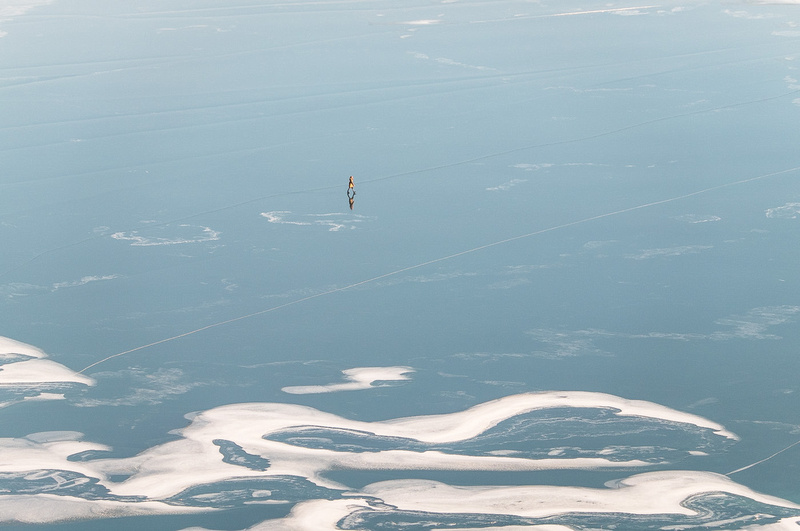 The Water Walker. Photo by Kenneth Tanaka
The Water Walker. Photo by Kenneth Tanaka